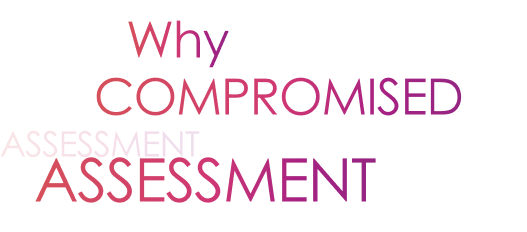A Compromise Assessment is a detailed evaluation process aimed at identifying and detecting unknown threats within an organization's network. It involves a thorough examination to uncover indicators of compromise and signs of malicious activity that might have bypassed existing security measures. The assessment begins with identifying and detecting unknown threats within the network.
This is followed by comprehensive scanning of endpoints using Sigma, YARA, and various IOCs repositories to detect hidden threats. Sigma rules facilitate the detection of known attack patterns in log data, while YARA rules help identify and classify malware samples or malicious files based on patterns. By integrating these methodologies, a Compromise Assessment provides a robust mechanism to uncover and address stealthy threats, ensuring the organization's security posture is thoroughly evaluated and fortified against potential breaches.

